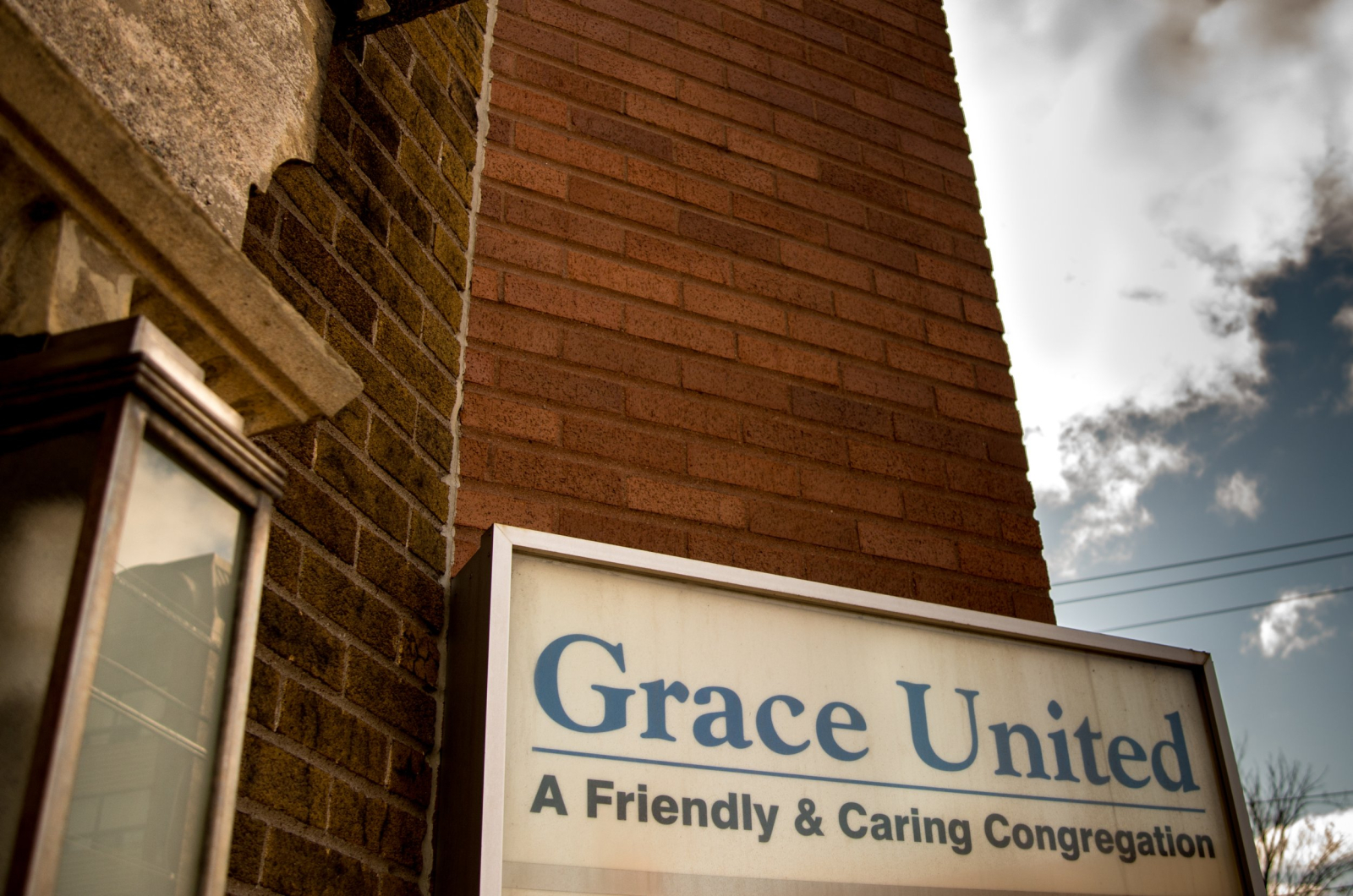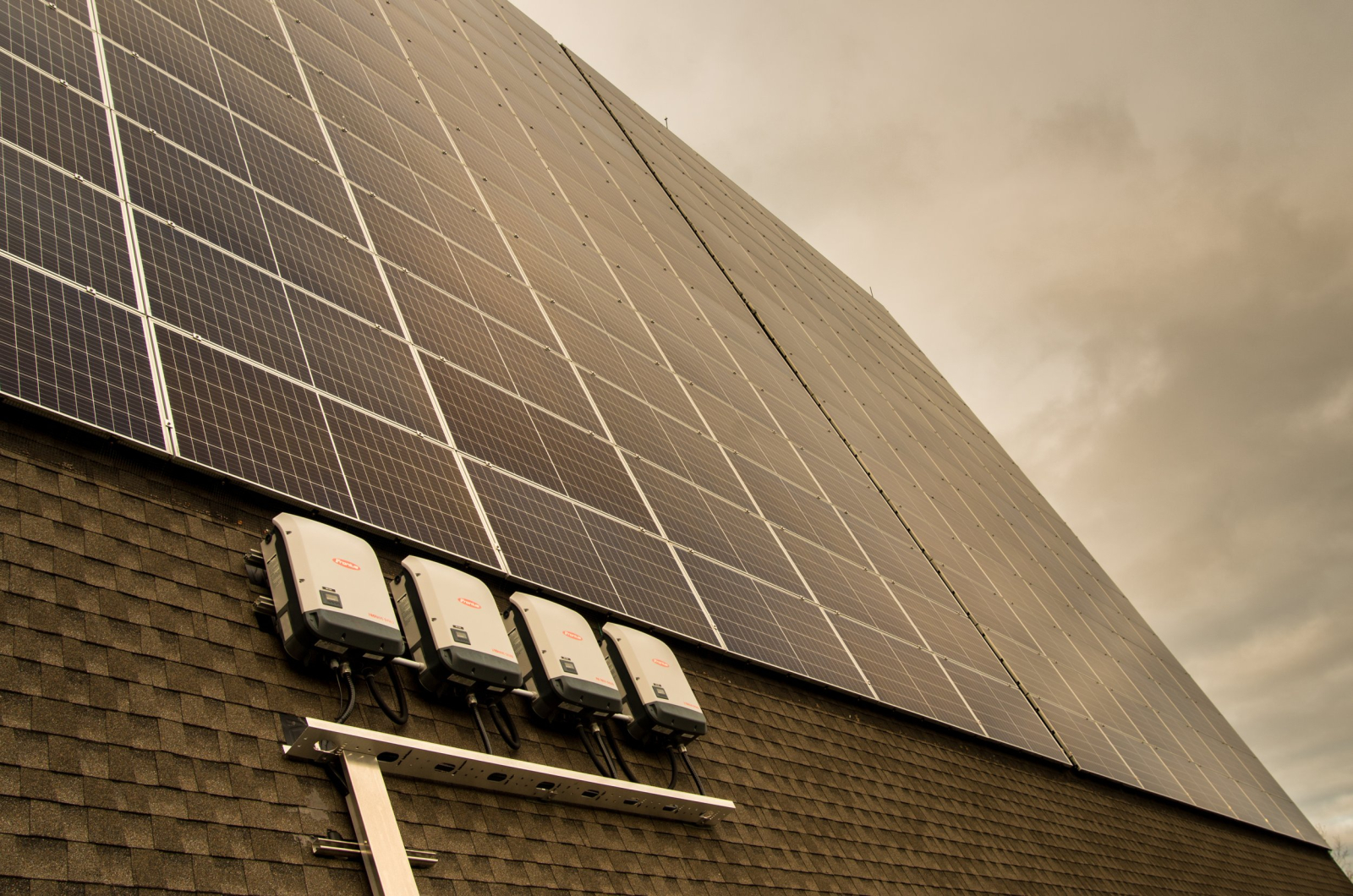For the first time in more than a century, the fireplaces at Grace United Church in downtown Dartmouth are cold and smokeless, but its 18,000 square feet remain as warm and inviting as the day it was built in 1920.
It began with a routine inspection of the building’s three furnaces in the fall of 2017, which revealed a fatal crack in the newest unit. Grace United’s volunteer board dug in and bought a new one (after all, winter was coming), but the expense sparked a conversation that never quite ended about finances, sustainability and, especially, values.
“We decided this was not the path we wanted to follow long-term,” said board president Robert Picco.
“Much of our congregation was interested in becoming a more carbon-neutral operation, so as a board we asked how we could reduce both our carbon footprint and our operating costs.”
They considered upgrading everything from new light fixtures to a solar panel on the roof, but their three boilers and $12,000 annual oil bill were still top of mind. After some soul searching and a thorough energy audit, they decided the boilers were off and the heat pumps were inside.
“At first, we were a little cautious,” Picco said, “because we weren’t sure the heat pumps would work in such an old building, but we followed the process, evaluated different alternatives, and in the end, it looked like the heat pumps would work. ”.

What people are reading

The renovation began in November 2022. Three furnaces and two oil tanks were removed, four Fujitsu heat pumps were added to existing ductwork and the church’s electrical capacity underwent a much-needed upgrade. The pipe, which connected the indoor heat pumps to the rooftop fans, ran through Grace United’s now-removed chimneys.
The new setup works well, Picco said. The financial savings and reduction in carbon emissions have yet to be calculated, but he expects the final figure to be significant. The church stayed warm during the winter and the reduction in humidity, courtesy of the heat pumps, proved to be a blessing.
The United Churches are on a carbon reduction mission thanks to Faithful Footprints, a funding source that helps churches reduce their GHG emissions through retrofits.
“Our music director said the church organ sounds much better in the dry air,” Picco said. “It’s a benefit we didn’t expect.”
This renewal was not an anomaly. United Churches across Canada have been reducing carbon emissions with thoughtful renovations since 2018, reducing annual emissions by 824 metric tons of CO2 in total, which is equivalent to taking 252 cars off the roads each year or leaving 351,029 liters of unburned gasoline. In the Halifax Regional Municipality alone, Bethany United Church and Brunswick Street Mission reduced emissions by a quarter, the former with new windows, insulation, lighting and a smart thermometer, the latter with heat pumps.
Rockingham United, serving the Bedford Basin area since the 1960s, is an A-frame church whose wide roof was ideal for solar power. They installed an array of 225 panels in 2020, selling their $20,000 of annual electricity to the grid, while only purchasing $9,000. To date, their set has displaced 114 tons of CO2 emissions, equivalent to a road trip of 457,000 kilometers.
All of these renovations were made possible by Faithful Footprints, a funding source created by the United Church of Canada and administered by the third-party organization Faith and the Common Good.
Through it, each United Church congregation can apply for up to $30,000 for infrastructure improvements that reduce carbon emissions, whether it’s a church, office space or health center.
“We are not going to get out of the climate crisis by building our own solution,” said Stephen Collette, a building scientist at Faith and the Common Good. “We are going to renew our departure.”
This is due to “embodied carbon”, the carbon emitted during the construction of a building, which includes emissions from quarrying stone, cutting wood, making bricks, plaster and insulation, and simply transporting people and materials to and from construction sites.
“That’s all the carbon it takes to get to day one of ownership,” Collette said. “And in many cases, embodied carbon exceeds operational carbon (heat and electricity) over the life of the building.”

This means that maintaining the efficiency and vitality of existing infrastructure will almost always be more carbon efficient than tearing down old buildings to build new ones. Even if the new buildings are hugely efficient, Collette said, their construction will require another heavy investment of embodied carbon, which will often take decades to pay off. From a climate perspective, renovations almost always make more sense than new construction.
This is especially true of churches, Collette said, not only because of their exceptional longevity, but because there are so many of them. Religious communities are the second largest property owners in Canada, surpassed only by the federal government. Renovating its 27,000 buildings to keep them operational and efficient is a huge opportunity to reduce Canada’s carbon emissions in the short and long term, whether those buildings remain churches or find new life as community centers or apartment buildings.
“We need to think about how to make it easier for these renovations to happen,” Collette said.
Faithful Footprints does exactly that. Through it, the United Church of Canada has awarded several million dollars in 209 grants, and hundreds more are working through the application process. At the moment, Huellas de Fiel does not have an end date.
This story is shared by the Climate Story Network, an initiative of Climate Focus, a nonprofit organization dedicated to covering stories about community climate solutions.
